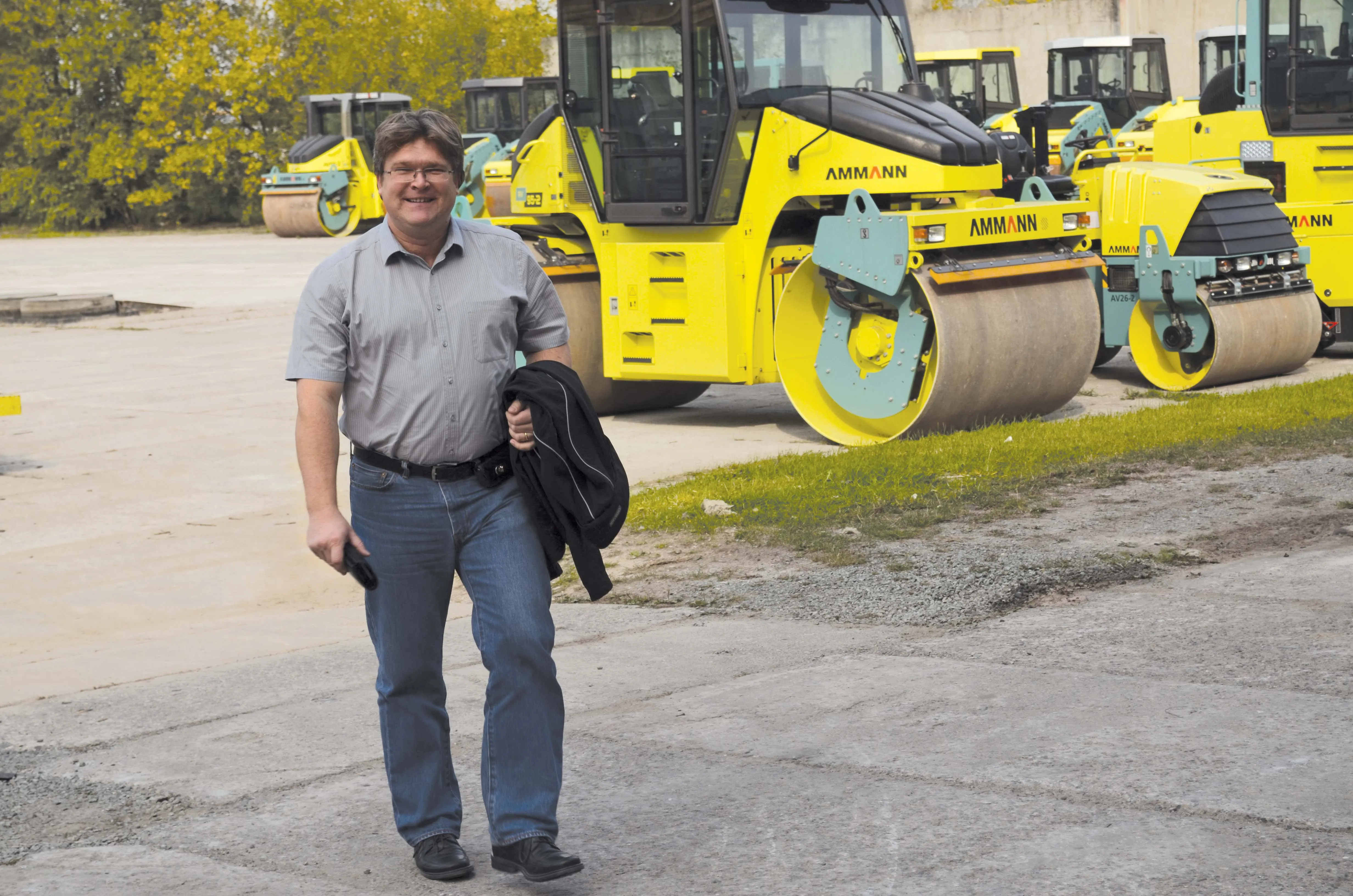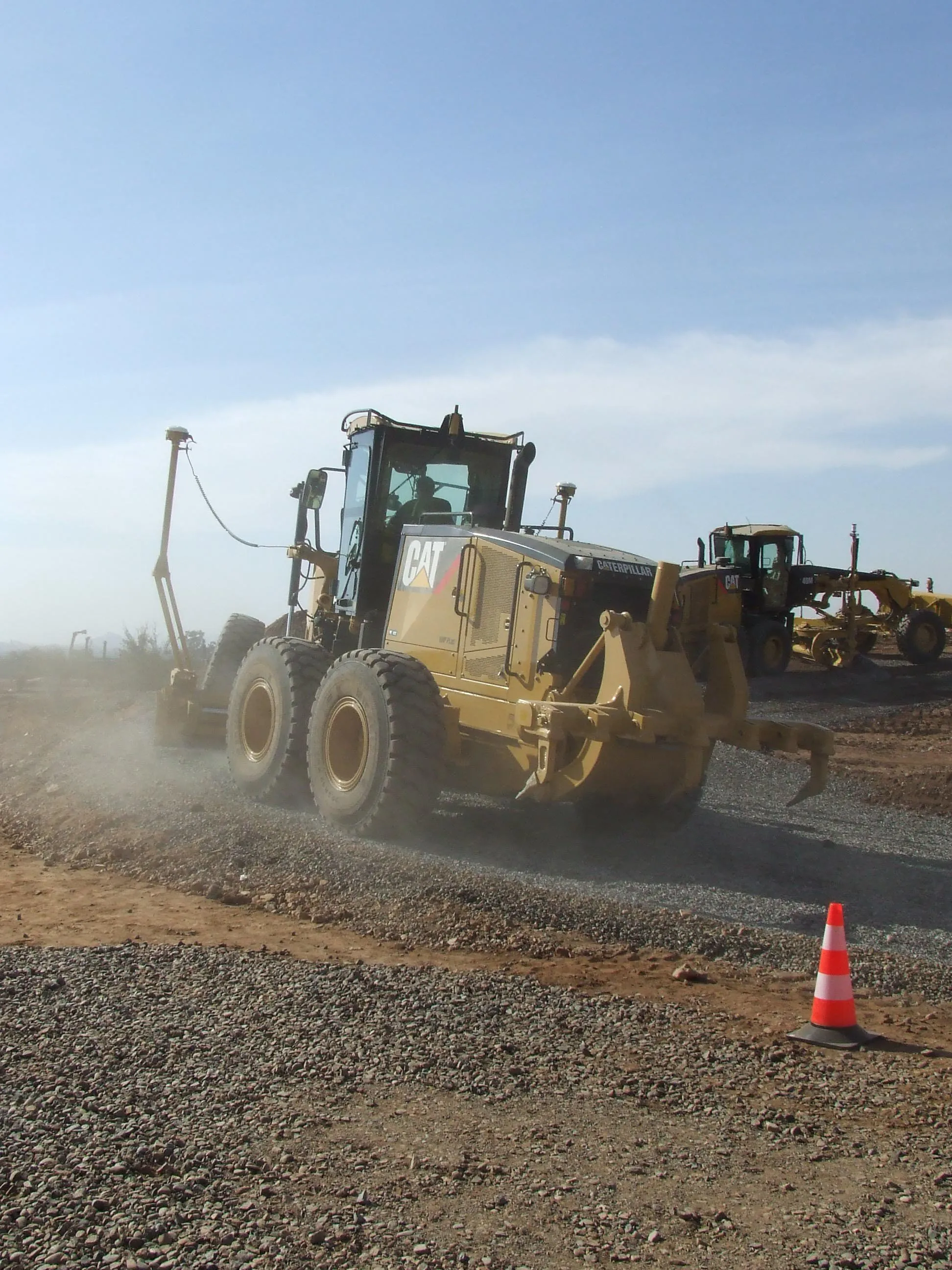‘Before I get down to this month’s main agenda, I’d like to draw your attention to a range of improvements that we’ve made to the content of World Highways. In conjunction with a fresher look, we have introduced features both long and short: At the ‘long’ end of the scale in our World Report…this month the subject is Australian roads…and at the ‘short’ end of the scale is the five-minute interview with an industry personality. Our equipment features have been beefed up with more analysis, and the signpostin
August 2, 2012
Read time: 3 mins
‘Before I get down to this month’s main agenda, I’d like to draw your attention to a range of improvements that we’ve made to the content of 3260 World Highways. In conjunction with a fresher look, we have introduced features both long and short: At the ‘long’ end of the scale in our World Report…this month the subject is Australian roads…and at the ‘short’ end of the scale is the five-minute interview with an industry personality. Our equipment features have been beefed up with more analysis, and the signposting has been upgraded throughout. We hope you like then changes and look forward to your comments.
Work site safety is an issue that raises its head on a frequent basis in the construction industry. High accidents rates are endemic throughout the construction sector worldwide, due to a working environment where heavy equipment may be lifting or hauling heavy items or moving at high speed while operating in challenging conditions. With this background, safety legislation is understandably tough in most developed nations. Construction workers sometimes complain about the over-zealous nature of many official safety personnel, but the fact remains that they carry out a vital industry role. Experience shows that the safest construction sites are often the most cost-effective and profitable, generally because they are run efficiently.
With this in mind, World Highways, like most quality magazines, tries to highlight the best in the construction sector. Images showing flagrant and serious breaches of safety legislation are generally put aside in favour of photos where normal standards are met.
However, sometimes images are used that generate comment. A recent cover shot for World Highways showed a road construction site in Eastern Europe where the personnel were not wearing hard hats. While hard hats are required on working sites, there were no overhead workings. One World Highways readers however pointed out that Eastern European countries are trying to improve safety standards and that on his site, headgear would have been required. Interestingly, a previous cover photo of a road project in India generated no such comment, despite the fact that the work was being carried on with live traffic and pedestrians passing by.
This issue of safety does pose interesting points. Should World Highways show the industry as it is, even if this means revealing breaches of safety codes? Or should World Highways carefully edit out every image where infractions occur?
Having been a journalist covering the construction industry for some 20 years, I know that safety violations occur on a regular basis.
Would the construction industry have been better served had photographs been published of these events?
Work site safety is an issue that raises its head on a frequent basis in the construction industry. High accidents rates are endemic throughout the construction sector worldwide, due to a working environment where heavy equipment may be lifting or hauling heavy items or moving at high speed while operating in challenging conditions. With this background, safety legislation is understandably tough in most developed nations. Construction workers sometimes complain about the over-zealous nature of many official safety personnel, but the fact remains that they carry out a vital industry role. Experience shows that the safest construction sites are often the most cost-effective and profitable, generally because they are run efficiently.
With this in mind, World Highways, like most quality magazines, tries to highlight the best in the construction sector. Images showing flagrant and serious breaches of safety legislation are generally put aside in favour of photos where normal standards are met.
However, sometimes images are used that generate comment. A recent cover shot for World Highways showed a road construction site in Eastern Europe where the personnel were not wearing hard hats. While hard hats are required on working sites, there were no overhead workings. One World Highways readers however pointed out that Eastern European countries are trying to improve safety standards and that on his site, headgear would have been required. Interestingly, a previous cover photo of a road project in India generated no such comment, despite the fact that the work was being carried on with live traffic and pedestrians passing by.
This issue of safety does pose interesting points. Should World Highways show the industry as it is, even if this means revealing breaches of safety codes? Or should World Highways carefully edit out every image where infractions occur?
Having been a journalist covering the construction industry for some 20 years, I know that safety violations occur on a regular basis.
Would the construction industry have been better served had photographs been published of these events?









